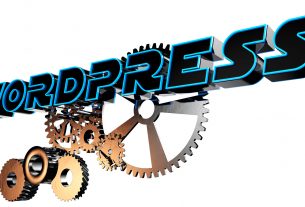One of the key elements of a successful web design is its ability to convert one-time browsers into repeat visitors that frequent the site often.
As such, it’s important to use elements within the design that will attract your target audience. These help draw them in and encourage them to explore your site.
Today, we’re exploring a few ways you can ensure your creative web design caters to the right kind of prospects.
Ready to get started? Let’s go!
Step 1: Identify Who You Want to Reach
Unless you know what your target audience truly likes and prefers, it can be difficult to ensure your web design is matched to them.
To this end, it’s worth the time and resource investment to research your target audience before you undertake a new or revamped creative web design.
Begin with the basics: What is the general age of the customer you’re seeking to convert? Are you targeting men, women, or both? Is your reach geographically limited?
Answering these first few questions can jumpstart a more thorough investigation into what this specific population is drawn toward — and what makes them close the browser window.
Step 2: Emphasize Attention-Grabbers
After you know which design elements your target audience are most attracted to, you can begin to create a draft layout of your creative web design.
As a general rule, placing the most important, attention-grabbing info at eye level is a great way to start. This will be the content that immediately grabs the reader’s attention, urging him or her to read on.
For instance, you may research your audience and find that news and updates are critical to that demographic. If this is the case, you may want to put a link to your blog in this position.
Or, your core viewers may be more visually-inclined. If so, an eye-catching infographic, animation, or other visual media might be a better fit.
After you’ve got the draft started, it’s a good practice to do a dry run through the site. During this exercise, imagine yourself in the shoes of your targeted persona.
What information are you trying to find, and where do you naturally go to find it? If it’s not where you planned it to be, it might be time to tweak the design.
Step 3: Add Creative Web Design Elements Strategically
With the basic layout down, it’s now time to think about the design details. The main elements to consider are colors and font styles.
Today more than ever, designers have tons to choose from when it comes to customizing this part of the process. From multiple color gradients to a slew of new fonts (with more being created daily), the options are almost unlimited.
There are some designs that naturally connotate a specific message. For instance, sans-serif fonts are streamlined and simplistic, and as such, they work well for a modern audience that favors minimalism and clean branding.
On the other hand, vintage-style fonts are making a huge comeback and appeal to both the hipster generation, as well as those that came before them.
Aligning your choices with your audience’s preference is one of the most solid ways you can attract viewers to your site and help your business or brand thrive.
Deliberate Design: Making the Most of Your Web Space
Ultimately, the design elements you choose should reflect your creative brand and help carry your message across your web pages.
So as you select the way your site will appear, consider if it’s the same aesthetic that your target audience leans toward. If so, you’ll be well on your way to making successful use of your corner of the Web!




